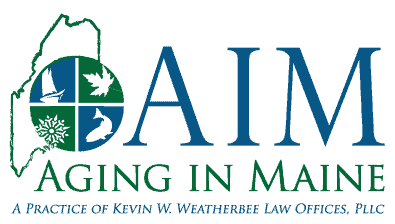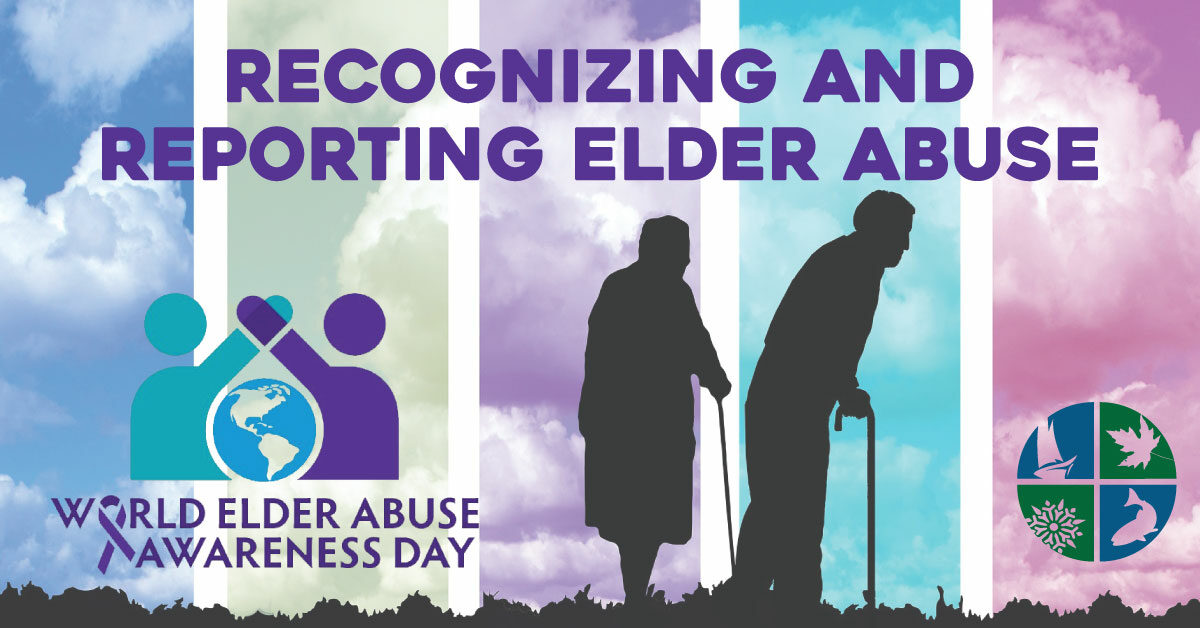June 15th is recognized as World Elder Abuse Awareness Day (WEAAD)
What is Elder Abuse and how to recognize elder abuse?
Elder abuse is a problem that takes many forms. Unfortunately, many seniors are subjected to elder abuse and often times the abuse goes unreported and the abuser goes unpunished. Elder abuse may take the form of physical abuse, include hitting, striking, beating, kicking, and using excessive force. This may also include the overuse of restraints or drugs.
Emotional or psychological abuse is also a common form of elder abuse.
This can be anything that causes emotional pain or distress and may include verbal assaults, intimidation, isolation, humiliation, and harassment.
Neglect is also a common form of abuse in senior citizens.
Neglect is when a caregiver fails to provide the necessary care for the senior citizen under their care. In contrast, self-neglect is when a senior citizen who is mentally competent refuses to care for their own needs and causes harm to themselves.
Financial exploitation is yet another form of elder abuse.
Financial exploitation is often committed by family members (most common), caregivers, or strangers.
Reporting Suspected Abuse
Adult Protective Services (APS) is often the first to receive reports of or to respond to reports of elder abuse. Their job is to provide for the safety, health, and well-being of elderly and vulnerable adults. The law requires those who work with senior citizens in various capacities to report to APS if they suspect elder abuse. When APS receives reports of abuse or neglect, they have several possible actions or interventions. They are responsible for receiving and investigating reports of elder abuse. They then must evaluate the victim’s risks and assess the victim’s ability to understand their risk and give informed consent. The APS worker can then develop a case plan for the abused elder. Once a case plan has been decided, the case worker can arrange for necessary care, medical attention, and legal consultation. Once this is done Adult Protective Services then monitors the services and evaluates.
More serious cases of abuse may be reported directly to police.
If a senior is in immediate danger, this may be the best course of action.
Many websites provide information on warning signs of potential physical abuse, emotional/psychological abuse, sexual abuse, neglect, and financial abuse. If you have a loved one who is a senior citizen, it is important to know the warning signs for abuse. It is also key to stay involved with the caregivers and to make regular visits to check on the care of your senior loved one. The National Adult Protective Services Association, https://www.napsa-now.org/resources/ , has important information on different types of abuse, as well as ways to get help in any state.
If you have any questions about something you have read or would like additional information, please feel free to contact us. If you recognize elder abuse or suspect you do, please report it to the authorities right away.
Read about the Elder Abuse Prevention and Prosecution Act of 2017.




